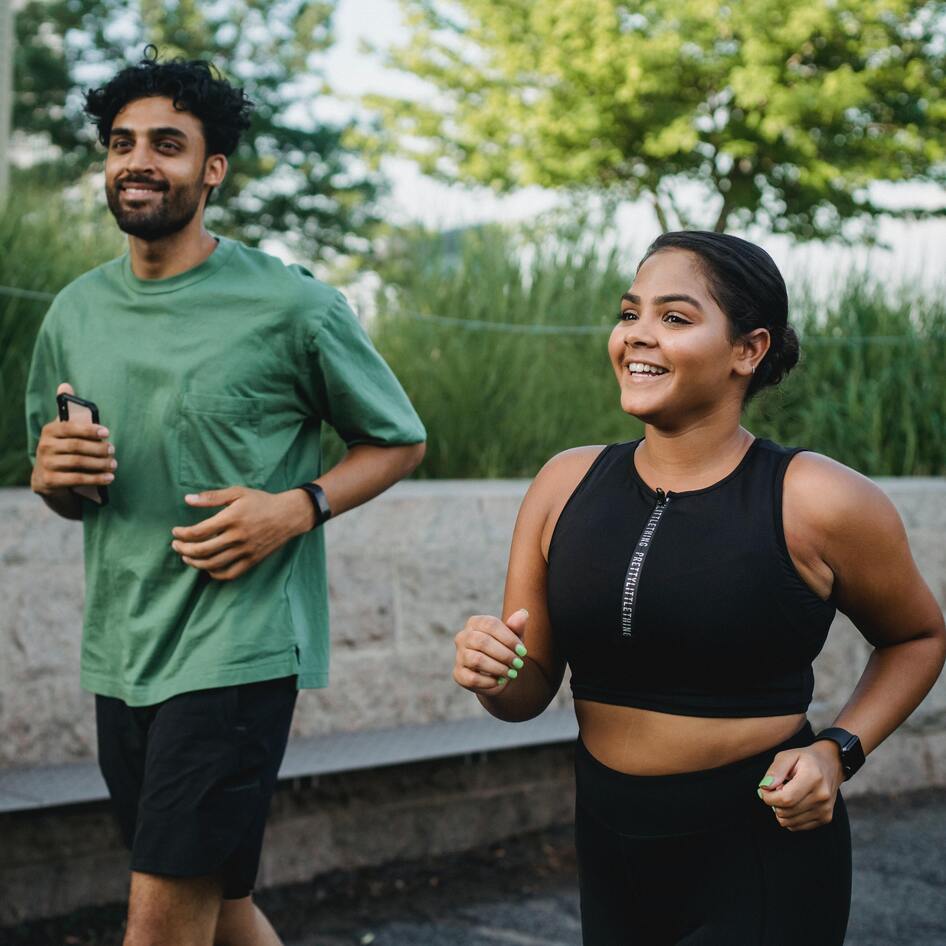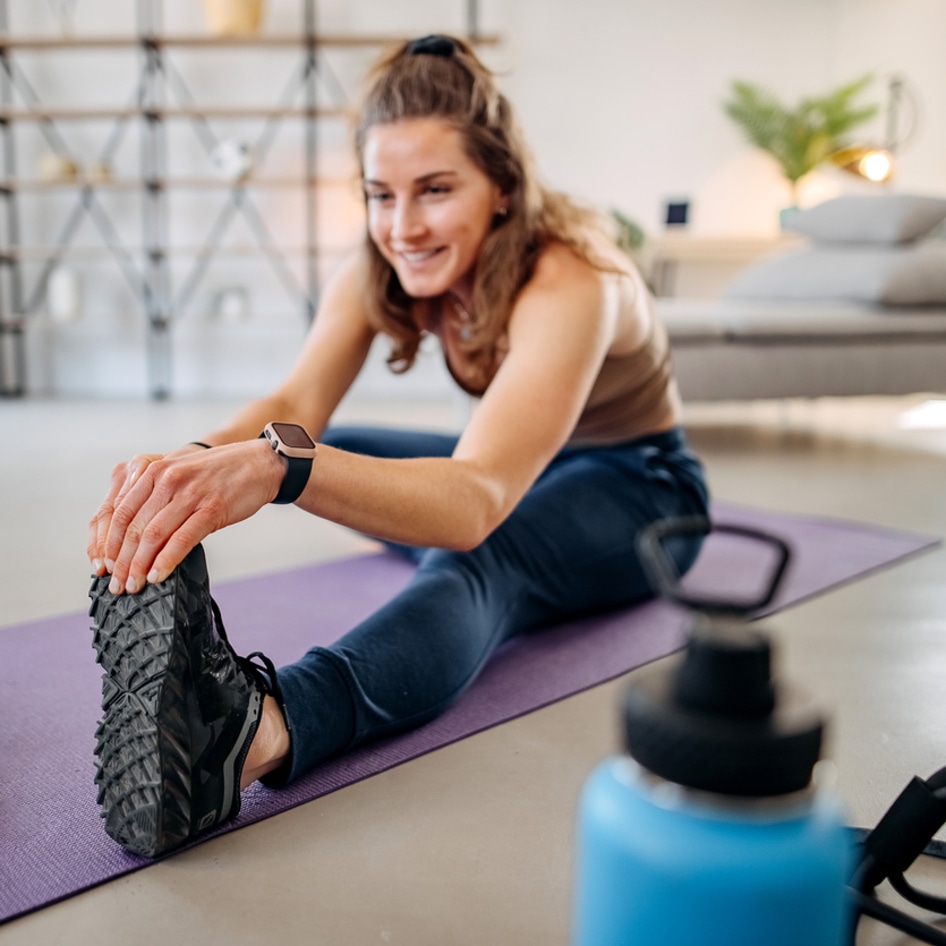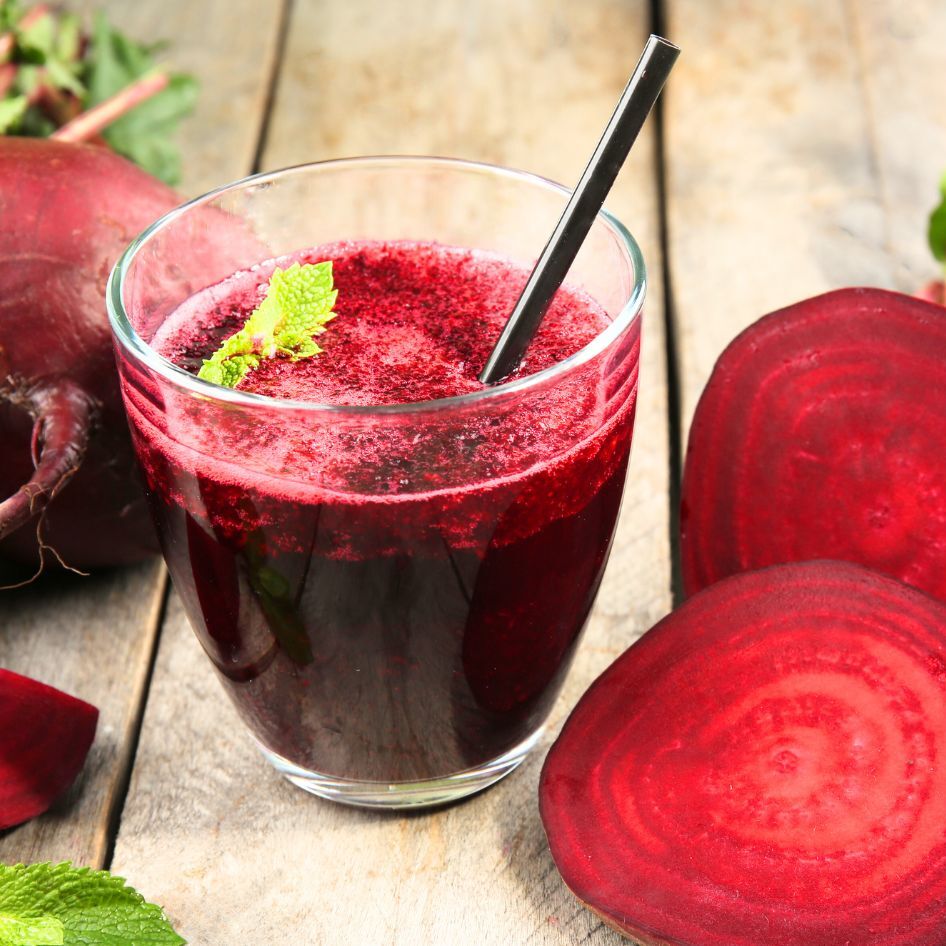We’ve all heard “age is just a number,” but for many, this is just a euphemism people use when you reach a certain birthday. However, on a plant-based diet, aging doesn’t have to come with creaky joints or back pain. By eating right and being smart about your exercise routine, you can continue to pursue your fitness goals no matter your age. Follow these eight simple tips and you’ll be amazed at what your body can do.
1. Identify a realistic goal
If you haven’t completed at least two half marathons this year, you probably shouldn’t set your sights on a marathon just yet. In the same vein, if you haven’t finished several 5K races this year, you probably shouldn’t jump into a half marathon. Think baby steps—try a 10K first. That’s not to say if your daughter asks you to do a half marathon with her that you can’t walk/jog it. Lots of people do, and there’s no shame in that, but as a rule of thumb, your body will thank you for amping up the mileage gradually.
2. Pick a training program
If you don’t have a background in fitness, we highly recommend getting some help for long distance races or proper weightlifting techniques. There are several free training programs online for multiple distances, but look for one that allows a bit of flexibility in its scheduling, because life happens and we can almost guarantee you’ll have to skip or reschedule a long run. If you’re willing to invest in a program, the No Meat Athlete Marathon Roadmap is a terrific tool. Looking to lift? Consider hiring a trainer just for a few sessions so you can learn proper weightlifting techniques; it is easy to get injured or overtrain if you lift improperly.
3. Beware the “terrible toos”
Don’t get a case of doing too much too soon. You may feel great with your new training program, but when it comes to senior fitness, less is more. Your body needs time to recover, so whether you’re twenty years old or sixty-five, back-to-back leg days are not advisable. On the running side, even running as little as three times a week can keep you in decent enough shape for a 10K. That doesn’t mean you become a couch potato on other days. Cross-train with another sport that gives you the same or close to the aerobic workout as your main sport. Even “just” walking can count as cross-training.
4. Fuel with plants
A whole foods, plant-based diet will not only give you energy and fuel your workouts; it also benefits your recovery, which is an essential component of a successful, injury-free fitness routine. While animal-based foods can cause chronic inflammation, plant-based foods can help fight inflammation—a natural side effect of exercise. By decreasing inflammation within the body, you can speed up your recovery time and get back at it while also feeling less sore and achy after exercise.
5. Don’t forget the dynamic warm-up
The most common injuries occur without letting the muscles you want to work hard know that more intense movement is on the way. When beginning your workout, don’t go from zero to sixty; allow some time for your body to register that it’s workout time. At the very minimum, if you’re at the start line of a race, try jogging in place before the gun goes off. For everyday runs, check out these warm-up techniques which are used by high school and college track teams and scaled for seniors.
6. Cool down
This is not optional if you want to enjoy a long, active life. No matter what you have on your schedule, you need to take 10-15 minutes to pamper the muscles you’ve exerted. Follow these simple stretches, holding each pose for about thirty seconds each. Consider playing some relaxing music and enjoy this time—you earned it!
7. RICE
No matter how vigilant we are at avoiding injury, sometimes we trip on a crack in the sidewalk or push a little too far in the weight room. When a muscle really hurts, over next 72 hours, remember to RICE: Rest, Ice, Compression, and Elevation. This method is all about getting blood to areas of inflammation to speed healing. Let the muscle take a complete break, ice it for no more than 20 minutes at a time, wrap in a bandage, then elevate it. No, if your calf hurts you don’t have to keep your leg above your head for a full 72-hours, but you should try to keep it elevated when possible. Also, when wrapping, be sure it’s tight but not uncomfortable. You don’t want to cut off circulation!
8. Trust in the magic anti-inflammation trio
Turmeric, black pepper, and ginger are the new ibuprofen. When consumed together, these spices significantly reduce pain and inflammation. Unlike the pill, they are most effective when consumed daily over time, so get in the habit of incorporating them into your daily diet. Don’t worry, you don’t need to swallow spoonfuls of the stuff—just a pinch of each in your post-workout smoothie or a dash in your evening curry is enough to benefit from their healing properties.
Ellen Jaffe Jones is a prolific vegan author, nationally ranked sprinter, has placed in 170 5K or longer races and is certified personal trainer and certified running coach at Fitness Without Tears.
JUMP TO ... Latest News | Recipes | Guides | Health | Subscribe







